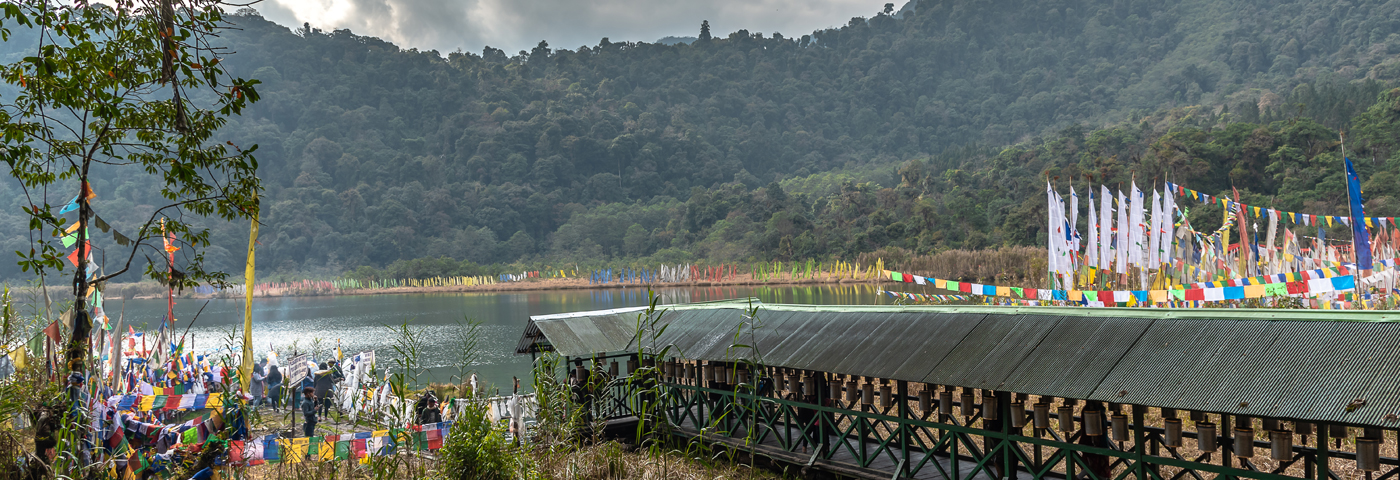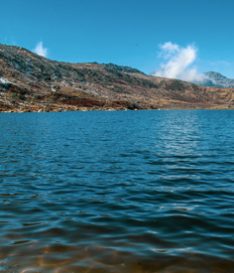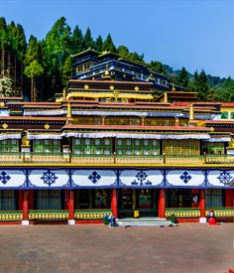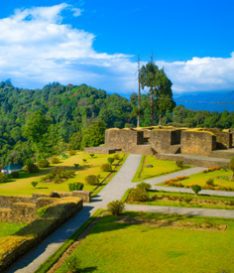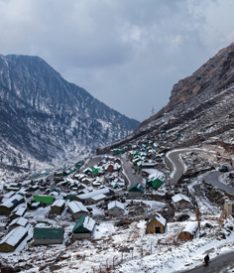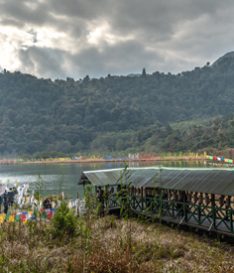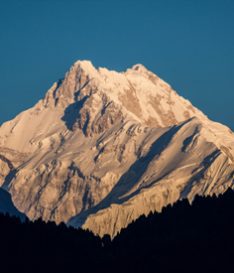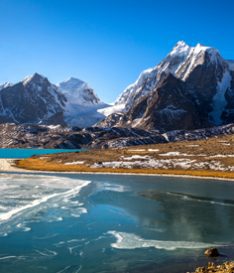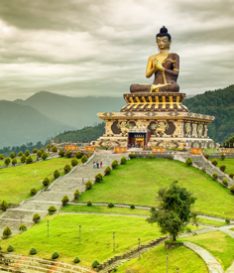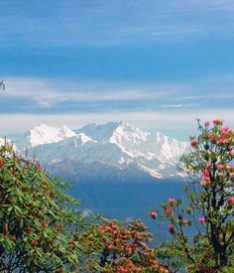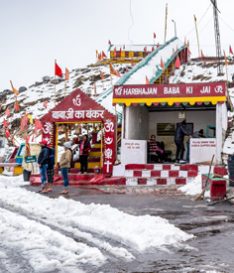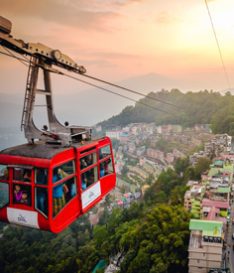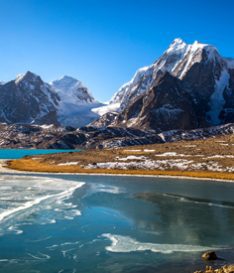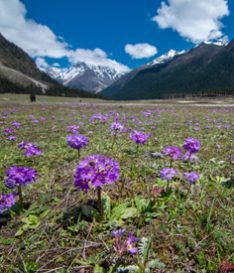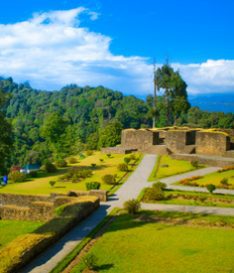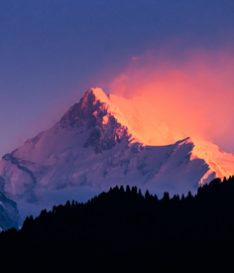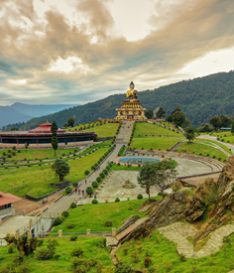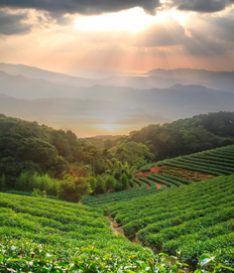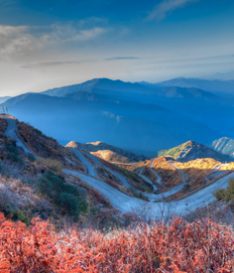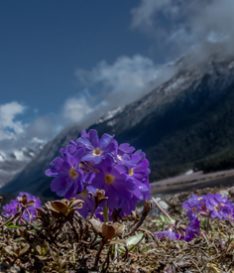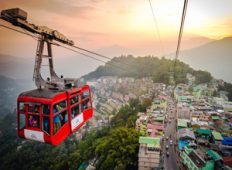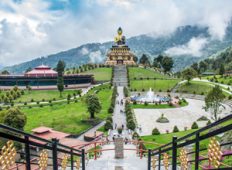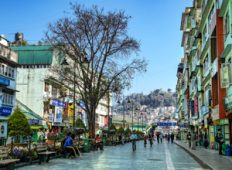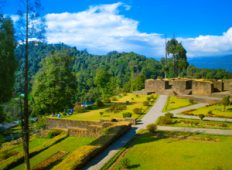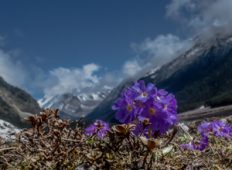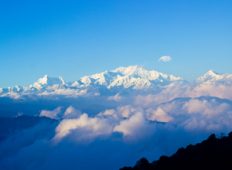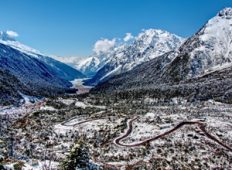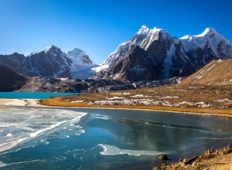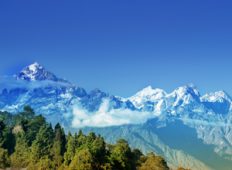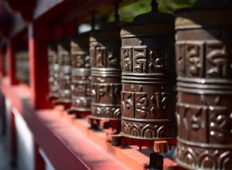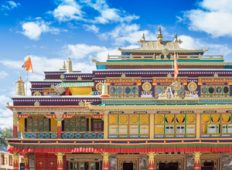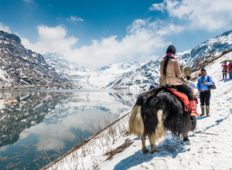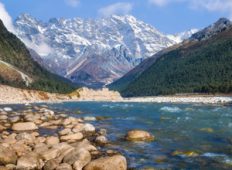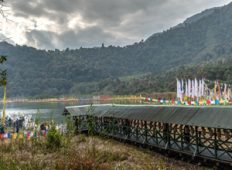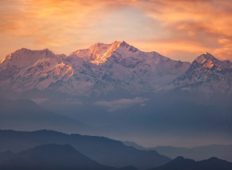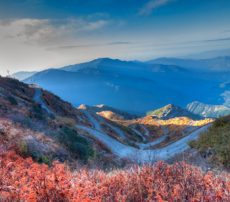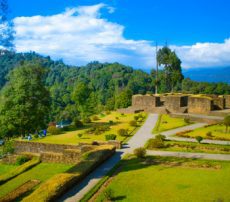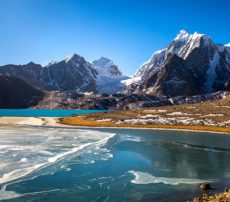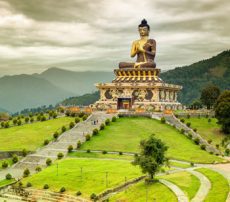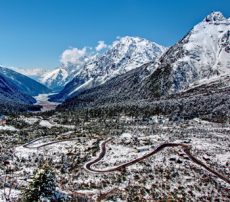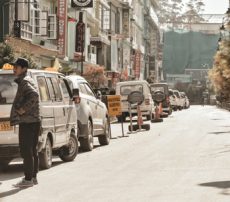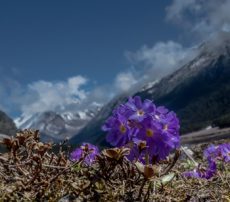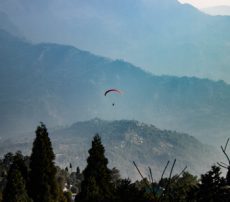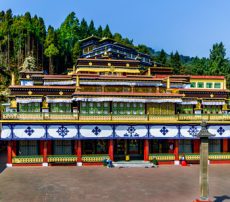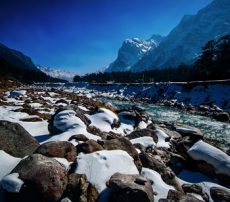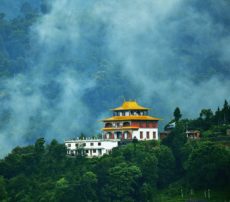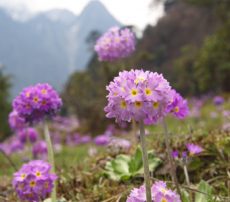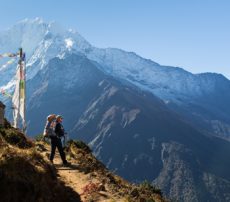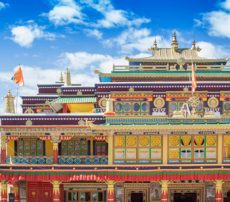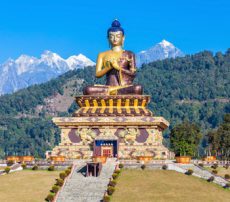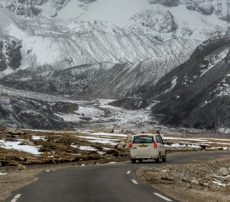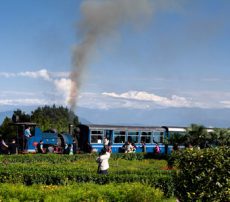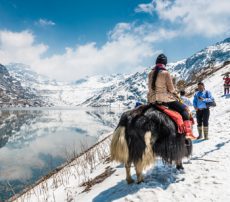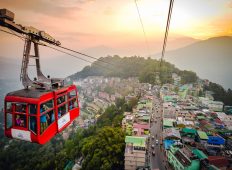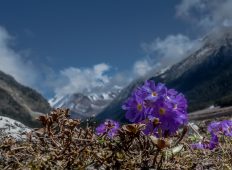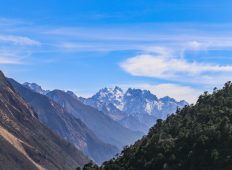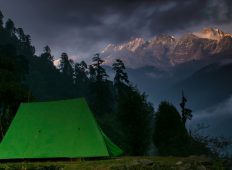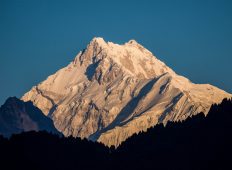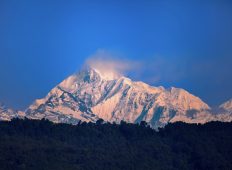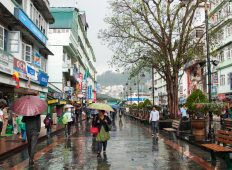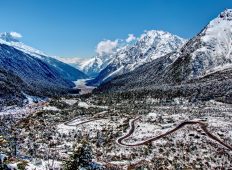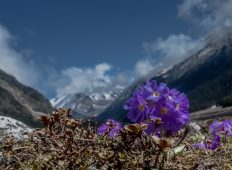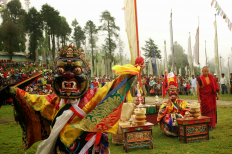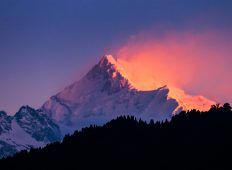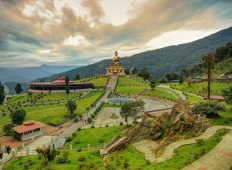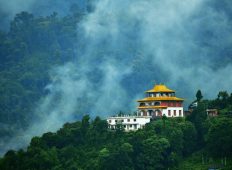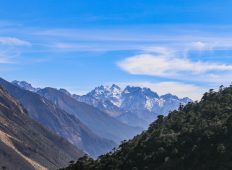KHECHEOPALRI LAKE GUIDE
Why Should I Go
Khecheopalri Lake is situated at an altitude of 5,600ft and is estimated to be 3,500 years old. The name Khecheopalri literally translates to ‘heavenly abode of Padmasambhava’, the 8th century Buddhist master commonly believed to be the second Buddha. Even though the lake is surrounded by thick vegetation, there are no leaves on the surface of the waterbody. This is because the avifauna swoop down and keep the lake clear of leaves.
Prayer wheels along the wooden jetty lead you to the bank of Khecheopalri Lake. Numerous Tibetan prayer flags flutter in the wind and you feel as if you’ve walked into a magical kingdom. Khecheopalri Lake is also a pilgrimage site for both Buddhists and Hindus. Broad-leaved temperate trees and bamboo form a cluster around this lake making it a perfect recreational spot for travellers along the Buddhist religious circuit.
How Do I Get There
Get ready for a spectacular journey from Gangtok to Khecheopalri village that is around 150 km from town. As your car zips down the National Highway you pass some of the most breath-taking natural scenery in the region.
A good plan is to visit the Pemayangtse Gompa nearby before heading out on the Pelling-Rimbi Road towards Khecheopalri Lake, that is just 60 minutes away from the monastery.
When Should I Land Up
The monsoonal climate of the lake area regulates the temperature that fluctuates between 24°C and 4°C, depending on which month you decide to visit.
If you want to witness a religious fair at the lake you should plan your trip in February/March. Hordes of pilgrims and other travellers land up to make bamboo boats and butter lamps sail across the length and breadth of the lake. The sky is filled with religious chants and Khecheopalri is transformed into a brilliant religious spectacle.
After the cardamom harvest in the region, the Chho-Tsho festival takes place in October as a sign of gratitude to the gods.
February to March is the best time to visit Khecheopalri Lake as the weather allows for beautiful hikes as the sun begins to make its presence felt.
In Folklore
Since the lake is sacred to both Hindus and Buddhists, there are a number of intertwined local legends that speak of the origins of Khecheopalri Lake.
A popular folk legend is that the lake is the footprint of Tara Jetsun Dolma, a female Bodhisattva known as the ‘mother of liberation’, who stayed in this very area. Lord Padmasambhava, surrounded by 64 yoginis, is said to have preached at Khecheopalri Lake.
In Hinduism, Lord Shiva is said to have meditated in Dupukney Cave located above the lake. Some believe the lake originated when Lord Shiva stepped on the land.
One popular legend is that the goddess of the lake appeared to a Lepcha girl and handed her a precious stone that she lost. Locals believe this gem is buried at the bottom of this lake. It comes as no surprise that Khecheopalri Lake is regarded as a ‘wish fulfilment lake.’
Avifuuna
Besides being a pilgrimage site, Khecheopalri Lake is a birdwatcher’s paradise. If you want to catch a glimpse of a variety of avifauna make sure you land up early in the morning. Black-winged cormorants whiz across the sky. The common teal, grebe, and white-breasted water hen can also be spotted here. If you’re visiting during migratory season, you might just spot the Himalayan Peregrine, bar-headed goose, and golden Oriole, among others.
If you’re a nature-lover who is interested in the spiritual and religious fabric of Sikkim, Khecheopalri Lake should be on your list.
Get Instant Call Back
Why Choose us ?
What makes us diffrent from other tour package companies

